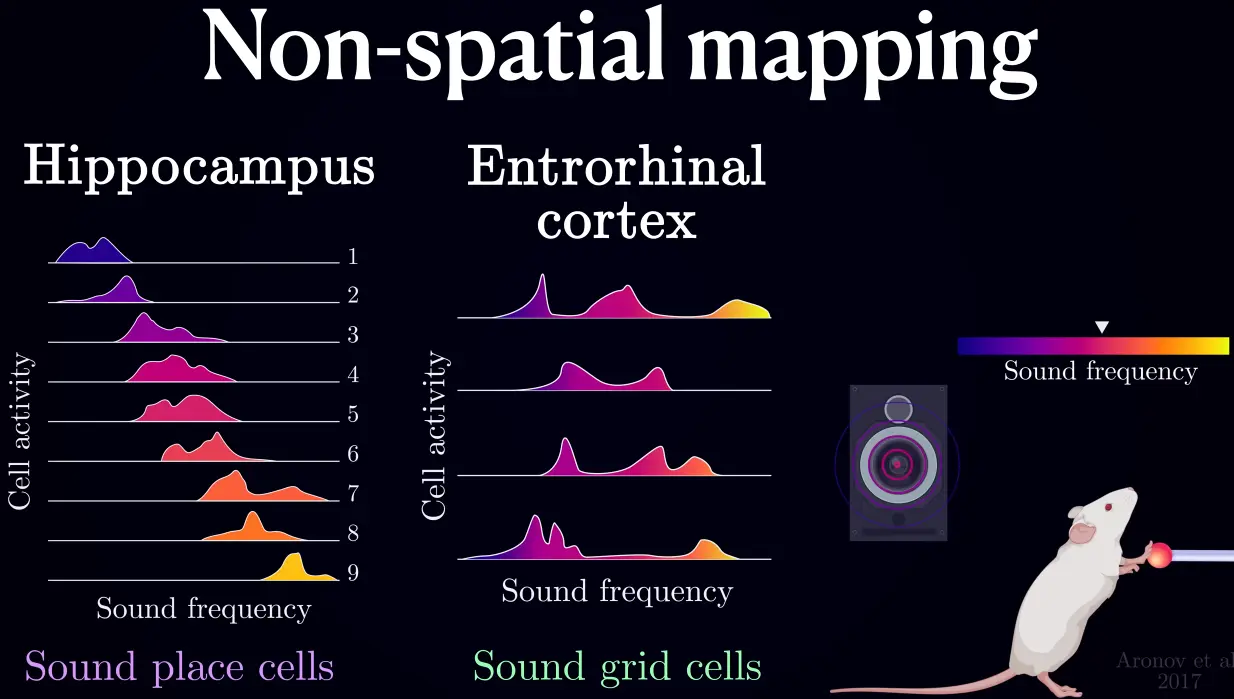A reference frame describes the perspective from which a system is observed. It is spatial in the mathematical sense.
Examples of reference frames
Cartesian coordinates (X, Y axis).
Longitude and latitude.
Associative reference frames in the brain.
Link to originalIn order for a system to posses general intelligence, it has to have some concept of movement!
It has to be able to move through time / mathematical concepts / links on the internet / … some reference frame.
In order to move, it needs to interact with this environment.
Link to originalmemory in the brain is associative. It is stored in reference frames based on grid cells.
This also explains why it is easier to remember things if you assign them to spatial locations, e.g. in a “thought palace” / “method of loci”.
The brain prefers to store things in reference frames.
The method of recalling things (“or thinking if you will” … not so sure about that yet. I think this is just the interpolative memory part - where is the “program synthesis” part?) is to mentally move through those reference frames.
One can physically move through reference frames, i.e. by moving through a room, touching an object, … or by thinking about them.
The patterns encoded by place cells in the hippocampus or grid cells in the enthrorhinal cortex are no necessarily spatial.
Certain neurons in the hippocampus become selective to a certain frequency range, like conventional place cells, but in the 1-dimensional space of sound frequencies.
Neurons in the enthrorhinal cortex also develop a frequency-dependent pattern of activities, but it is periodic, “so it is like grid cells squished into a 1-dimensional frequency space”.
References
intertial frame of reference
How Your Brain Organizes Information - Can We Build an Artificial Hippocampus - Artem Kirsanov
